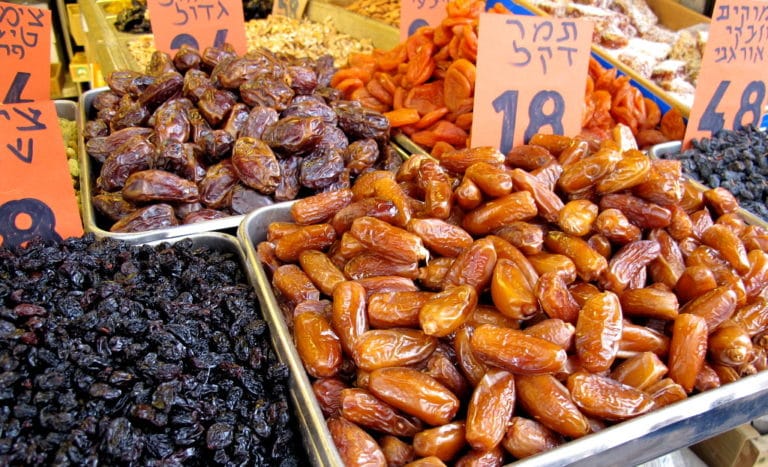
I grew up in Winnipeg, Canada – one of the coldest cities in the world – so every year when Tu Bishvat rolled around, my family celebrated the new year of trees in below-freezing weather, where the trees were covered in snow and the closest you could get to planting one was making a call to the Jewish National Fund.
This always made me wonder why the Jewish calendar had such poor timing! “Wasn’t this supposed to be a tree-planting festival?” I thought to myself.
“tu bishvat is a zionist holiday because it marks the start of spring in Israel!!”
— shira 🏳️🌈 שירה (@shirasilkoff) January 28, 2021
*looks out window at freezing rainstorm*
it..it does?
Eventually, I came to understand that all the holidays made a lot more sense if you just celebrated them in Israel. In fact, my Israeli parents always told me that to fully understand the holidays and their meaning, every Jew should spend a full year in Israel, experiencing each holiday as it falls perfectly in line with the season.
This year, I finally understand what they are talking about.
In Israel, Tu Bishvat marks the beginning of the season when almond trees (Shkedyot) — the earliest-blooming trees — start to bloom, hinting at the beginning of spring.
Beautiful views of blooming almond trees in Israel… http://t.co/jtsYmAR93c pic.twitter.com/E9hiF8j5lO
— Unpacked (@JewishUnpacked) April 23, 2015
Maybe that idea resonates with me because I am named Shaked (almond in Hebrew) after the almond tree, but as I spend Tu Bishvat in the Holy Land, I feel a certain special magic in the air.
In Tel Aviv, the air is cool and damp, the markets are stocked with ripe, bright red strawberries (which are, to my surprise, only a winter fruit here!) and those scruffy brown spots in the grass are speckled with bits of bright green.
Here, January feels to me the way March does in Canada: It’s still winter, but we start to see the beginnings of spring. Hope and renewal are brewing.
This leads me to my point: remember when I said Tu Bishvat in Canada made me wonder why the Jewish calendar had “such poor timing”?
I got it all wrong. The Jewish calendar has immaculate, divine timing — I was just in the wrong place. As it happens, every holiday coincides perfectly with Israel’s agricultural cycle.
This got me thinking about why the holidays and the seasons in Israel are connected. Here are two possible explanations.
The spiritual explanation
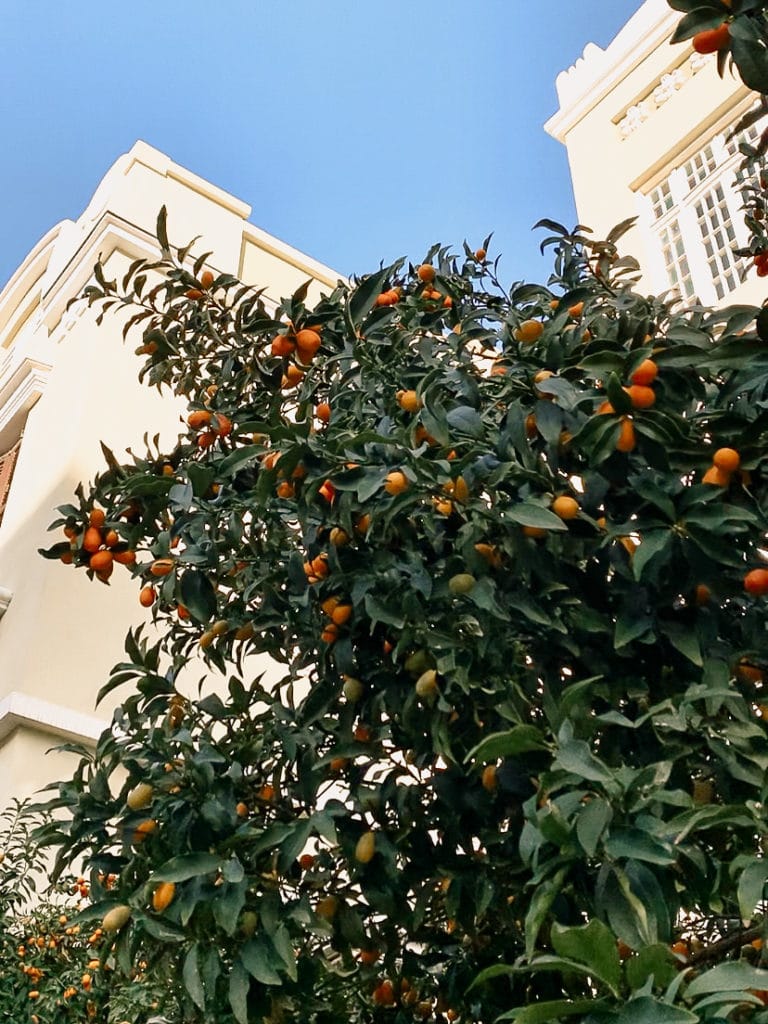
For me, growing up in Canada, Tu Bishvat always felt like one of those holidays that came out of left field. At some point in the depths of winter, I might remember to Google, “When is Tu Bishvat this year?”
This year, in Israel, I started noticing hints of spring before I even had a chance to Google it. Shocking, right? For the first time in my life, the holiday didn’t sneak up on me. And apparently, that’s exactly how it should be.
“God wants Judaism to be ingrained in the pattern of our lives,” Rabbi Lazer Gurkow explained.
“[God] does not want our festivals to be abstract exercises, divorced from our daily activities [but] wants the two to be interwoven; our lives suffused with religion and our religion etched into life.”
In plain words, “God wants us to be aware of the approaching festival without needing to consult a calendar. [God] wants life and religion to be seamless.”
The biblical explanation
If you’re hearing me wax poetic about how unique it is to experience Tu Bishvat in Israel, and are longing to experience it for yourself one day, it turns out you’re actually doing something right. That longing is built into the holiday of Tu Bishvat, Rabbi Meir Soloveichik teaches.
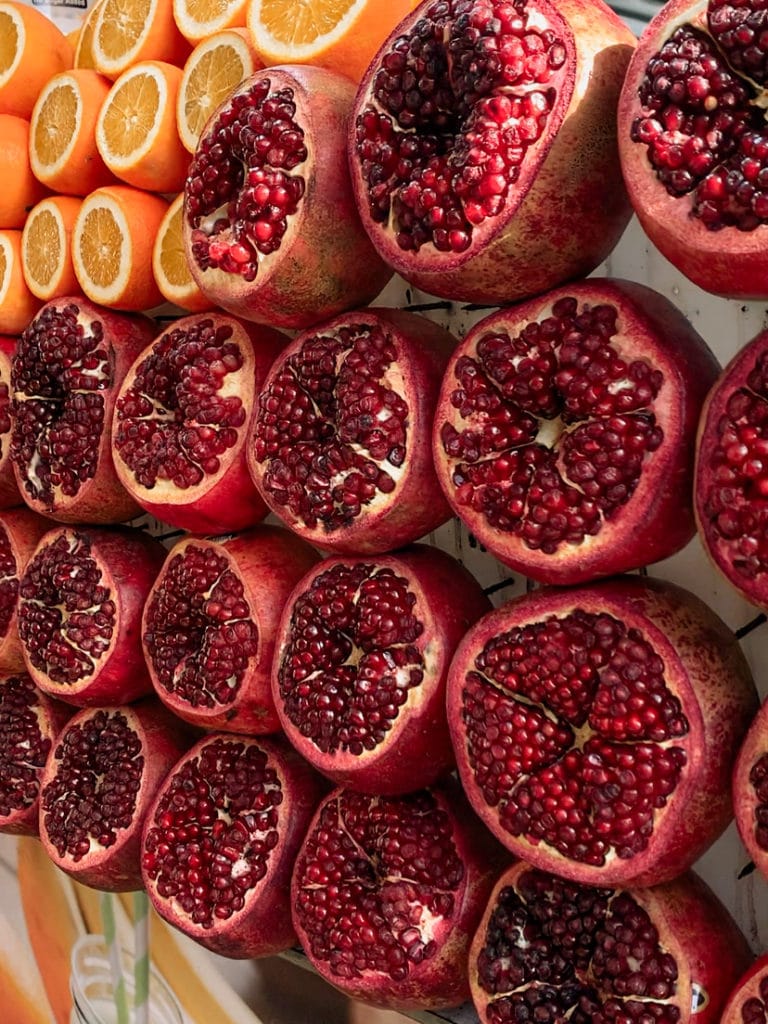
Tu Bishvat is “a holiday of longing for the Holy Land,” he said.
Since the agricultural laws in the Bible only apply to fruits grown in Israel, Tu Bishvat is “a celebration of the fruits of the Holy Land…a way for Jews who live thousands of miles away from the Land of Israel to reconnect with the land of their ancestors.”
“As Jews, we flourish first and foremost when we recognize our roots and the land that has spiritually sustained us throughout our existence,” he added.
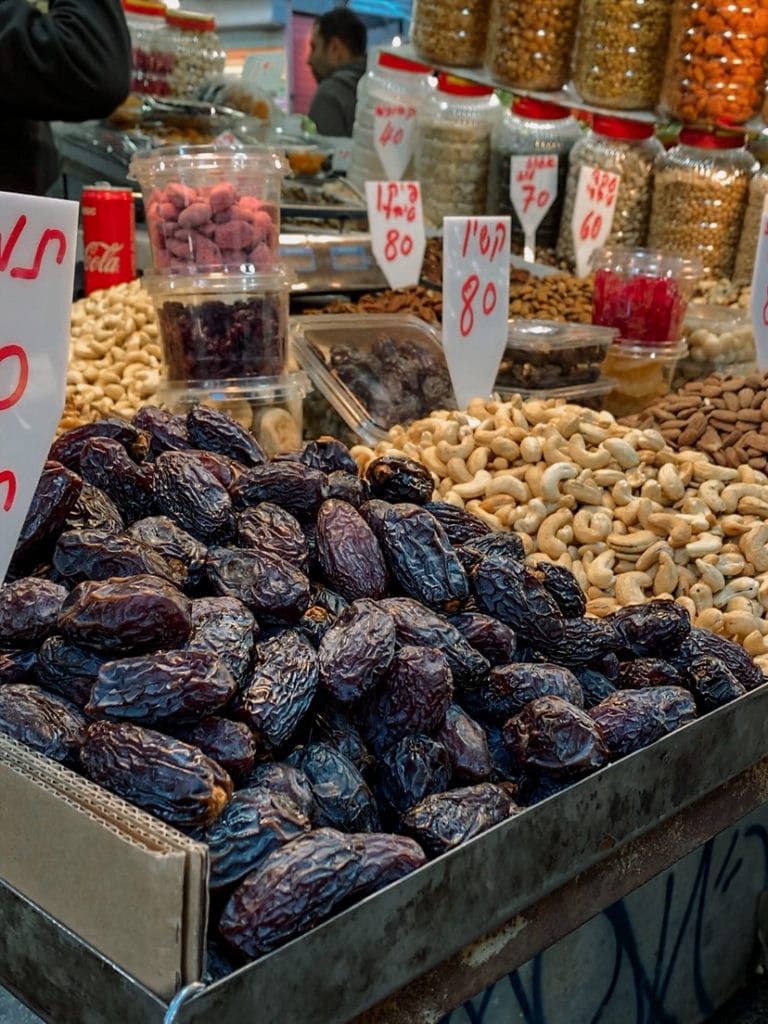
That’s why, especially outside of Israel, we should eat fruits that remind us of the Holy Land, like the “seven species” (shivat haminim) which are the fruit and grains that are mentioned in Devarim/Deuteronomy 8:8: wheat, barley, grapes, figs, pomegranates, olives, and dates.
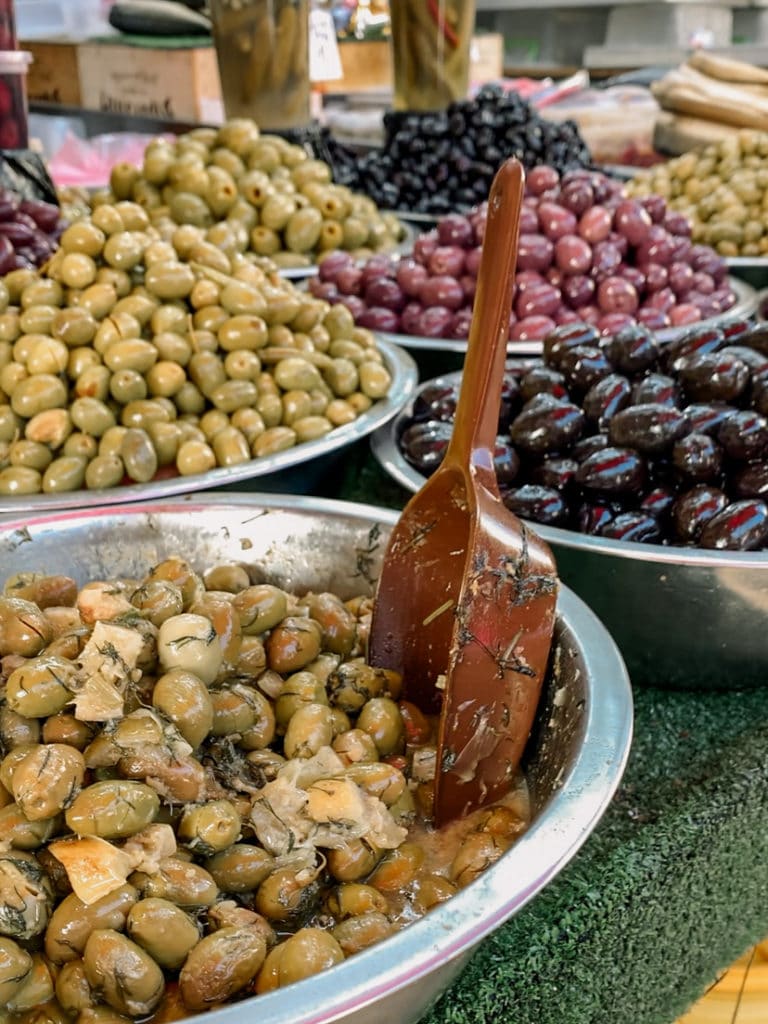
I took a stroll over to Tel Aviv’s Carmel Market in hopes of capturing the Tu Bishvat preparations in action. Although I got some incredible photos of the seven species, the market didn’t feel all that different than it regularly does.
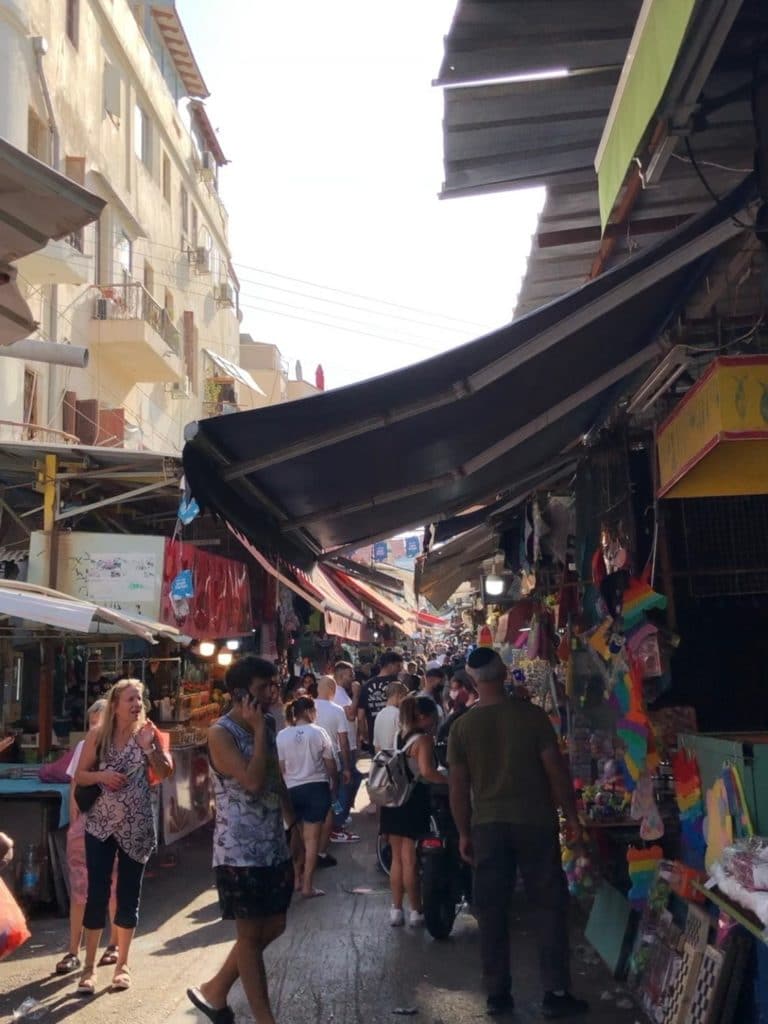
Just as always, the vendors were shouting in Hebrew as I walked through the stalls, the smells of spices and falafel filled the market, and everywhere you looked were the “seven species.”
I realized, maybe the routine order of the shuk captures the very spirit of Tu Bishvat in Israel. It’s not as loud or over-the-top as I had imagined it. It’s as subtle as knowing which fruits are most in-season or which trees are blooming already.
Here in Israel, Tu Bishvat is a celebration of this land. The spirit of the holiday is all around you. It’s ingrained into the agricultural cycle, the weather, and the seasons. To put it simply, it’s just in the air.
How do you celebrate Tu Bishvat? Let us know on Instagram, Twitter, and TikTok!
Originally Published Feb 5, 2023 09:02PM EST
